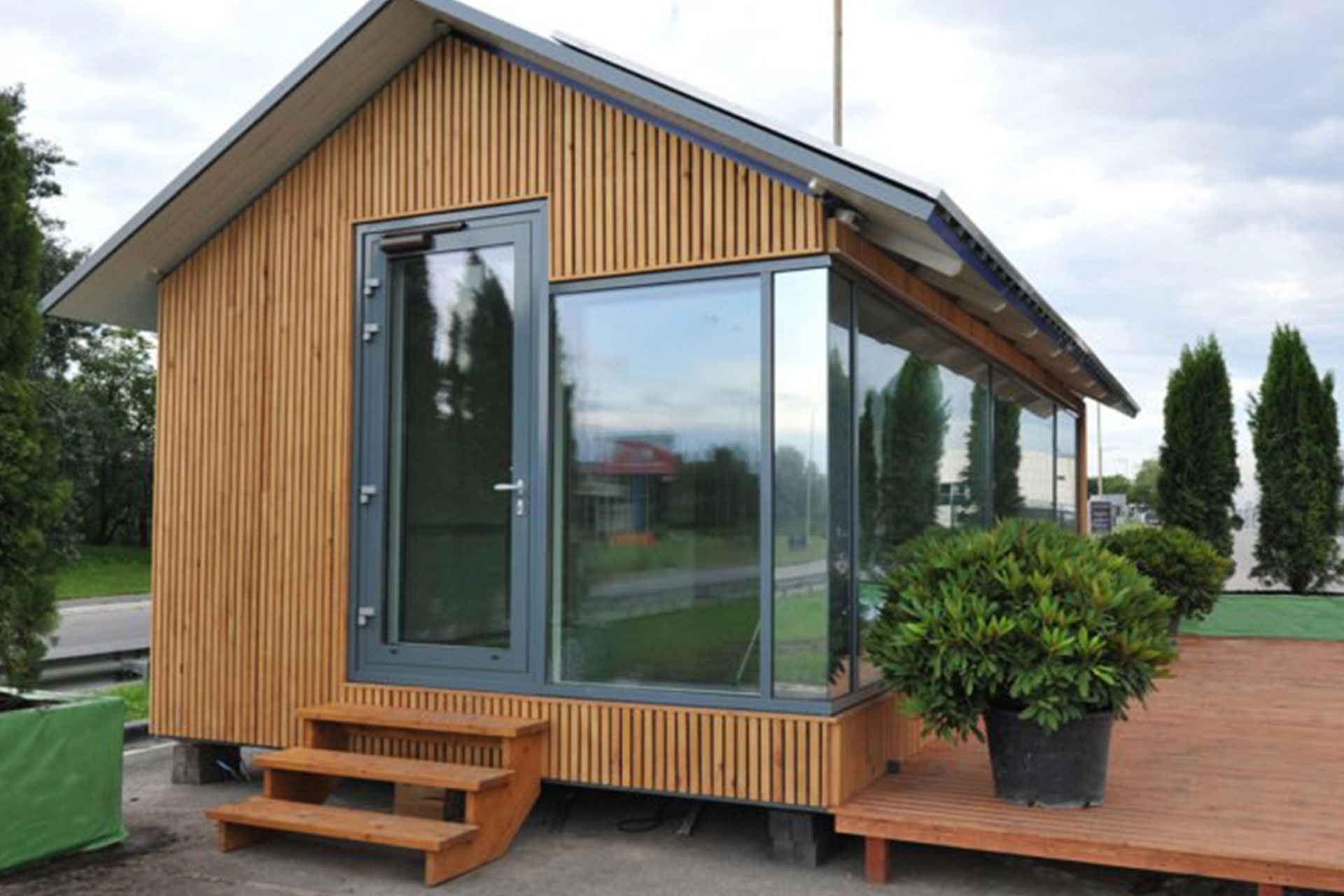Sustainability and 3D Printed Houses: A Greener Way to Build

We are living in a world where environmental concerns are increasingly at the forefront, that’s why finding sustainable solutions in every aspect of life is paramount. One area seeing exciting advancements is construction, with 3D printed houses emerging as a greener alternative.
Let’s look at how 3D printing is shaping the construction industry by being a greener way to build houses.
On This Page
- How Does 3D Printing Apply to House Construction?
- The Sustainability Factor
- Advantages of 3D Printed Houses
- Challenges and Future Outlook
How Does 3D Printing Apply to House Construction?
In construction, 3D printing involves using specialized equipment to layer building materials, such as concrete or plastic, to construct entire structures layer by layer. This innovative approach offers several advantages over traditional construction methods.
Related: 3D Printing in Construction: The Advantages and Disadvantages
The Sustainability Factor
Now, let’s go into how 3D printed houses promote sustainability:
1. Reduced Material Waste
One of the most significant benefits of 3D printed houses is the reduction in material waste. Traditional construction often results in excess materials being discarded, contributing to environmental pollution. However, with 3D printing, materials are precisely applied only where needed, minimizing waste and promoting sustainability. In addition, the use of recycled materials in 3D printing further reduces environmental impact.
Related: 3D Printed House: What are Their Pros and Cons?
2. Energy Efficiency
3D printing offers improved energy efficiency compared to conventional construction, which means the process typically requires less energy to produce components, leading to lower carbon emissions. On top of that, 3D printing technologies utilize sustainable energy sources, further reducing environmental impact. .
3. Lower Carbon Footprint
As mentioned above, with 3D printing producing less waste and being energy efficient, 3D printed houses boast a significantly lower carbon footprint compared to traditional construction methods. This makes them an attractive option for environmentally conscious homeowners and developers looking to reduce their ecological impact. The lightweight nature of 3D printed structures can also lead to reduced transportation emissions during construction.
Advantages of 3D Printed Houses
1. Speed of Construction
One of the key advantages of 3D printed houses is the speed at which they can be built. Traditional construction projects often take months or even years to complete, whereas 3D printed houses can be erected in a matter of days or weeks. This rapid construction pace not only reduces labor costs, but also minimizes disruption to surrounding areas. The quick turnaround time allows for faster occupancy, reducing the need for temporary housing solutions.
2. Cost-Effectiveness
In addition to speed, 3D printed houses offer cost savings over conventional construction methods. By streamlining the construction process and reducing material waste, builders can achieve significant cost reductions, making 3D printed houses an appealing option for affordable housing initiatives and budget-conscious homeowners. The ability to print on-site also eliminates transportation costs associated with delivering pre-fabricated building materials.
3. Design Flexibility
Another benefit of 3D printed houses is the flexibility they offer in terms of design. Unlike traditional construction, which often involves standard building components, 3D printing allows for intricate and customized designs. This opens up new possibilities for architectural innovation and creativity. Furthermore, the ability to print complex shapes and geometries enables the optimization of structural integrity and material usage, enhancing sustainability.
Challenges and Future Outlook
1. Regulatory Hurdles
Despite its many benefits, the widespread adoption of 3D printed houses still faces regulatory challenges. Building codes and regulations often lag behind technological advancements, which poses obstacles to the integration of 3D printing in construction. However, efforts are underway to update these regulations to accommodate emerging technologies. Collaborative efforts between policymakers, industry stakeholders, and researchers are essential to overcoming these hurdles..
2. Material Innovation
As 3D printing technology continues to evolve, so does the range of materials available for construction. Researchers are exploring sustainable alternatives to traditional building materials, such as biodegradable plastics and recycled aggregates. These innovations hold the potential to further enhance the sustainability of 3D printed houses in the future.
3. Scaling Up Production
While 3D printed houses have demonstrated their feasibility on a small scale, scaling up production remains a significant challenge. As demand for sustainable housing grows, efforts are underway to develop larger-scale 3D printing technologies capable of constructing multi-story buildings and even entire communities.
As concerns about climate change and environmental degradation pile up, the importance of sustainable construction practices cannot be overstated. 3D printed houses offer a promising solution to the challenges facing the construction industry, providing a greener, more efficient way to build homes.
In need of someone to help you build your own 3D printed house? Contact us today, so we can answer all your inquiries!


